Chronic illnesses like cancer and immune diseases can interfere with sexual wellness and might diminish one’s capacity to enjoy sex. Various factors play into this with more obvious ones like chronic pain in addition to the not-so-obvious ones like the emotional strain of chronic illness and lack of body confidence. Being chronically ill doesn’t have to be a sex life death sentence though.
Managing a sex life while chronically ill is not an easy task, but progress in the medical field, especially sexology and sex therapy, means that there are more resources than ever to help you along your journey of sexual discovery. Instead of aiming advice at specific illnesses, this article will instead be structured around addressing the symptoms that get in the way of a fulfilling sex life.
Pain Flare Ups
Pain is the most obvious sex deterrent associated with chronic illness. Regardless of where it is, pain is distracting and draining, neither of which is ideal for enjoying intimacy. Aside from general pain management like medication and physical therapy, some ways to adapt your sex life are to use supportive pillows, choose comfortable sex positions, and experiment with assistive devices.
Body Confidence Issues
Depending on the chronic illness, you may struggle with body image issues in addition to the symptoms directly associated with the condition. Poor body image often feeds into a low sex drive and causes distress on both counts. This Embrace Sexual Wellness blog post talks about feeling at home in your body as a queer person, but the general principles are a solid place to start when addressing body confidence issues. If you’re feeling alone in this struggle, check out this article with stories from people who have struggled with body confidence due to chronic illness.
Communication and the Importance of Utilizing Resources
Perhaps the single most part of making this equation work is having an understanding partner who you can communicate comfortably with. This is important for anyone but especially when you may have to navigate specific health-related needs, it is imperative that you do that with someone who feels safe.
Another thing to keep in mind is that you don’t have to be alone on this journey. Professionals like the sex therapists at Embrace Sexual Wellness are amazing resources for navigating the complicated relationship between illness and sexual wellness.
All of this information might be overwhelming and that’s okay. The only timeline you need to stick to is the one that serves you best. There is no rush to figure anything out and if you are feeling pressured by others to figure it out faster, you may want to reevaluate those relationships. Chronic illness comes with a multitude of unique challenges but luckily you don’t have to navigate them alone. Not sure where to start? We’d be happy to help you get started! You can contact Embrace Sexual Wellness here.






























